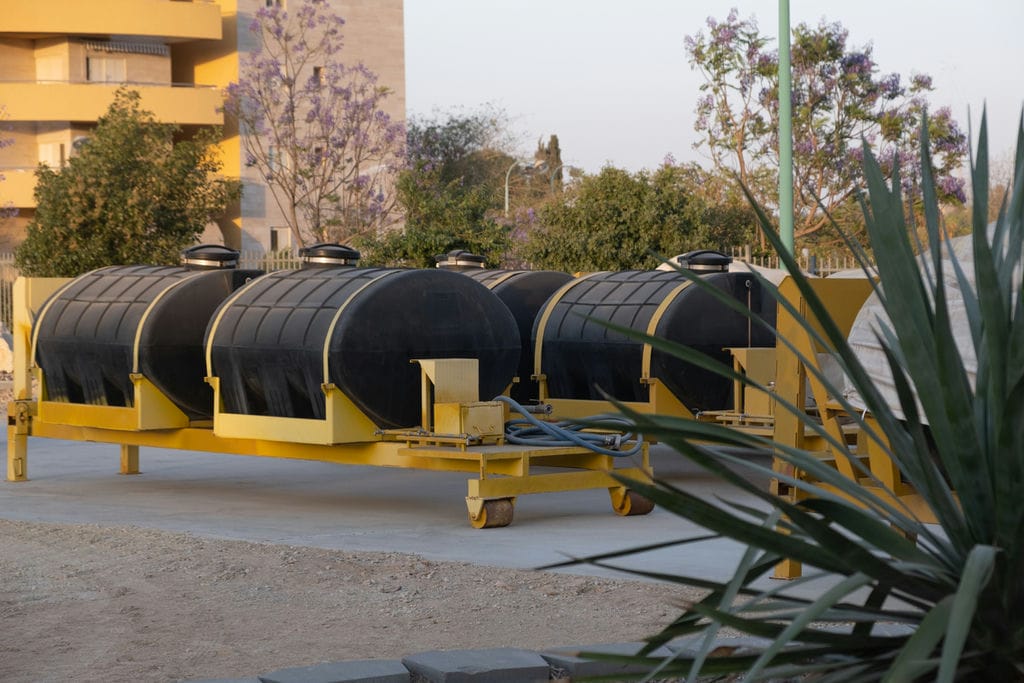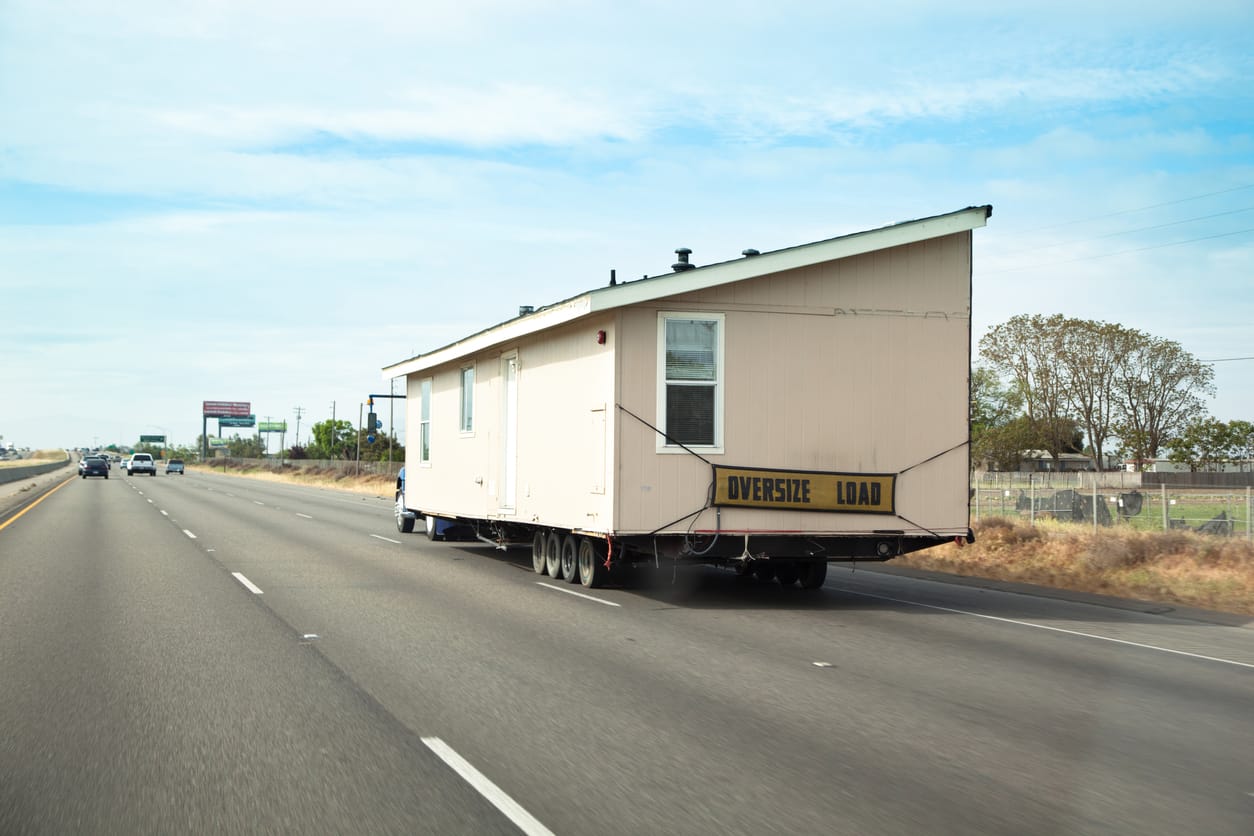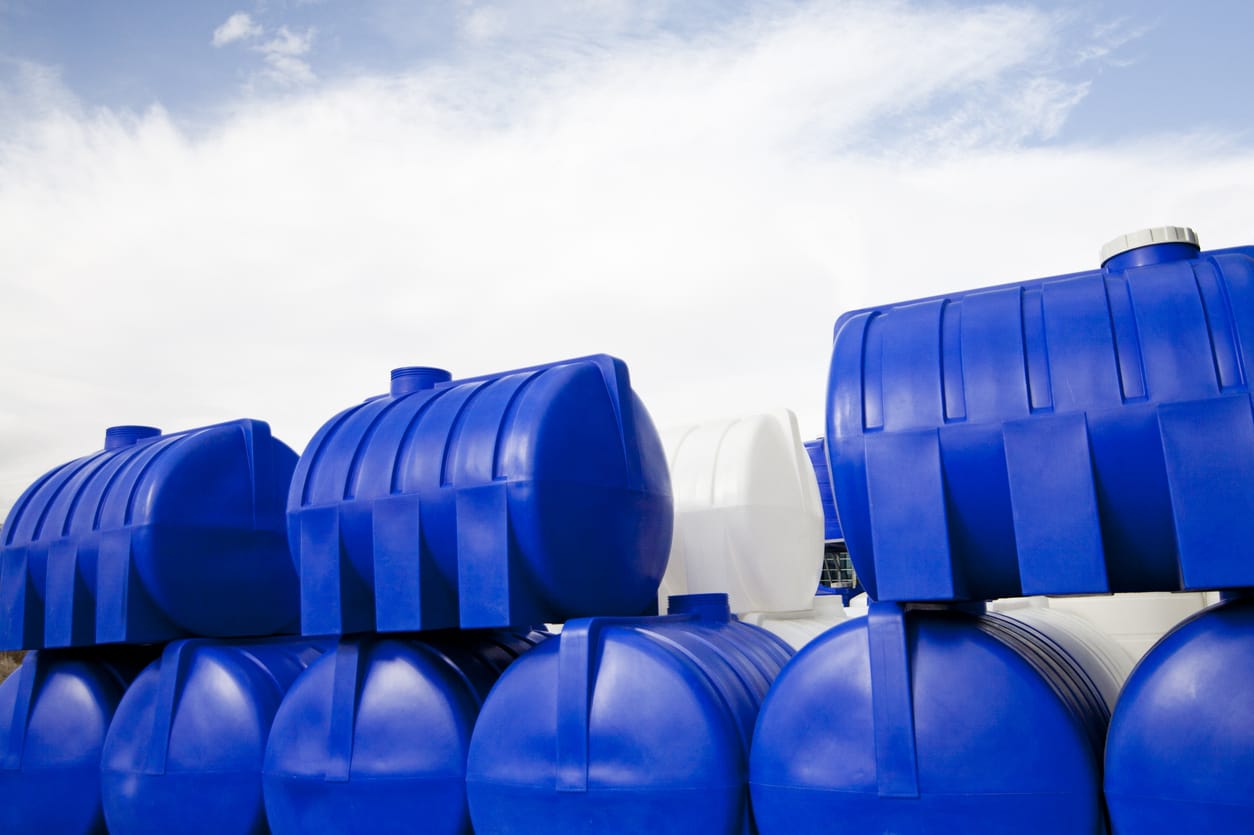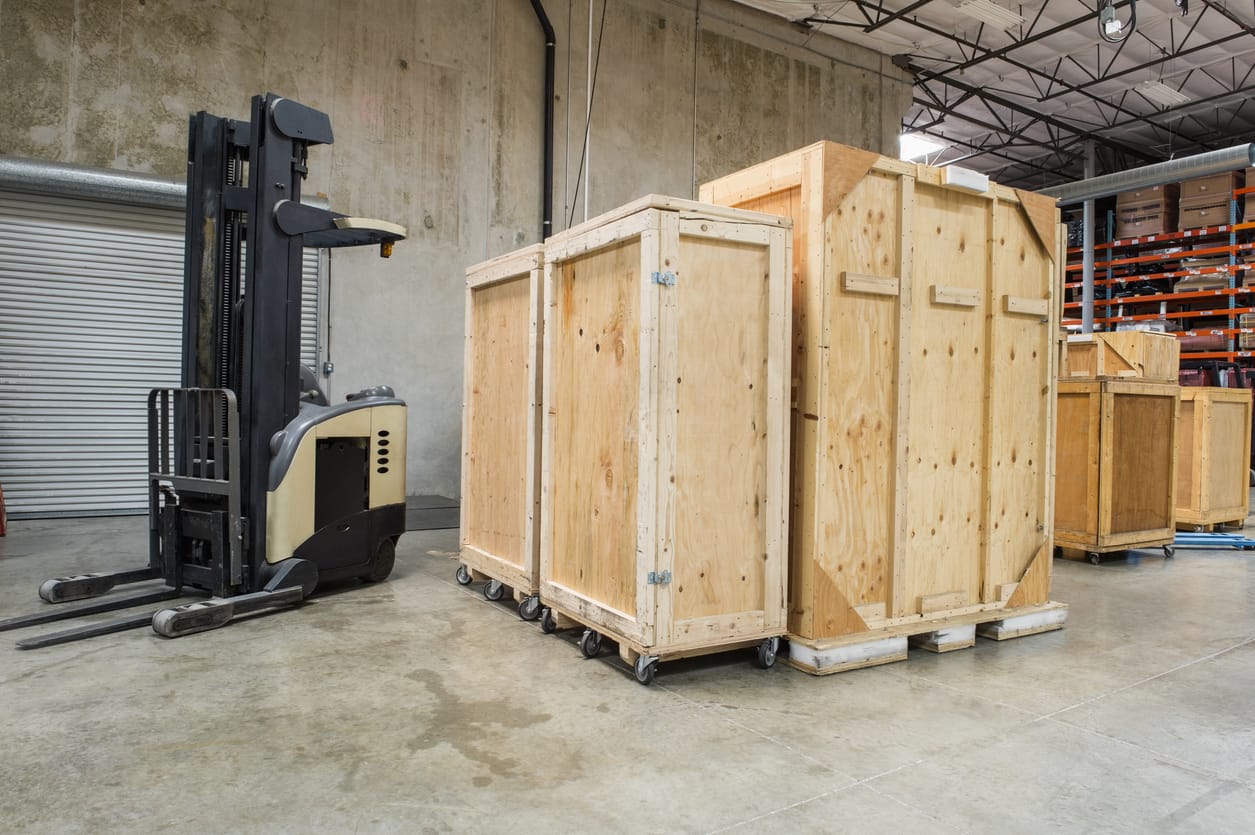Different shipping companies ship various types of tanks annually across the United States and Canada. Finding a shipping company that can haul any tank, no matter the distance can be challenging. Some are unreliable, whereas others might not give you an exact quotation of how much you will pay and fail to provide precise logistics during such transportation. Are you wondering how you shall transport a large tank from one location to the next? Here are a few guidelines to assist you during shipping:
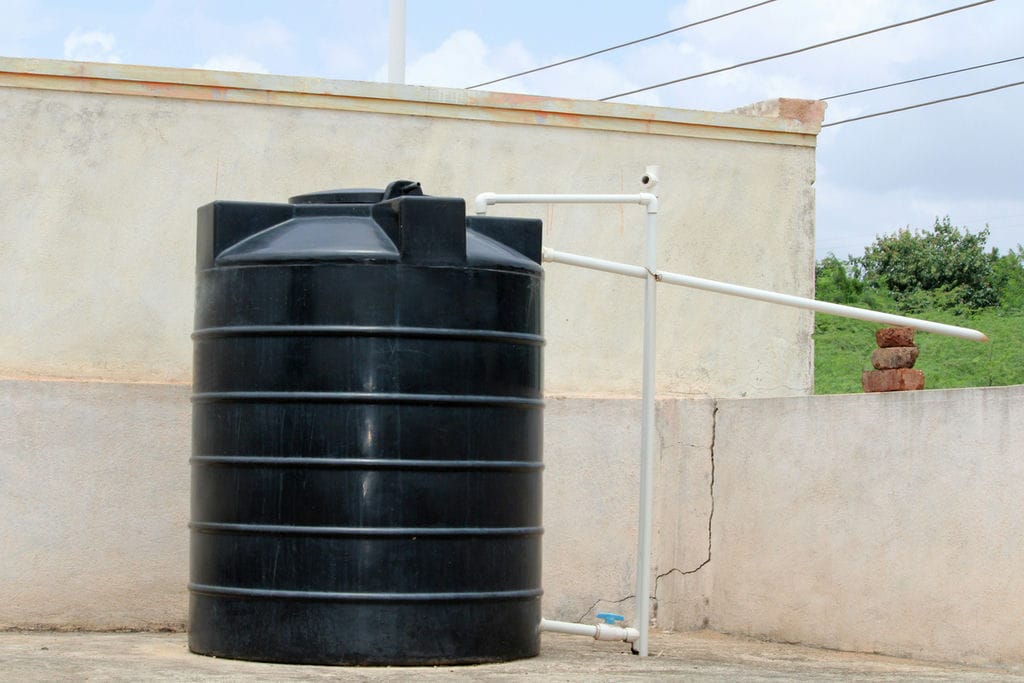
Steel tanks are the most common water storage units in North America. These tanks can hold up to 400,000 gallons of water and are helpful in areas with huge water demand. Fiberglass tanks are also common across the country, especially for commercial and industrial use. Notably, the tanks are available in different sizes and shapes and can be customized to match your needs. Polythene tanks are the third most common water tanks and help store drinking water or chemicals. You can use such tanks above the ground, underground, or flat top.
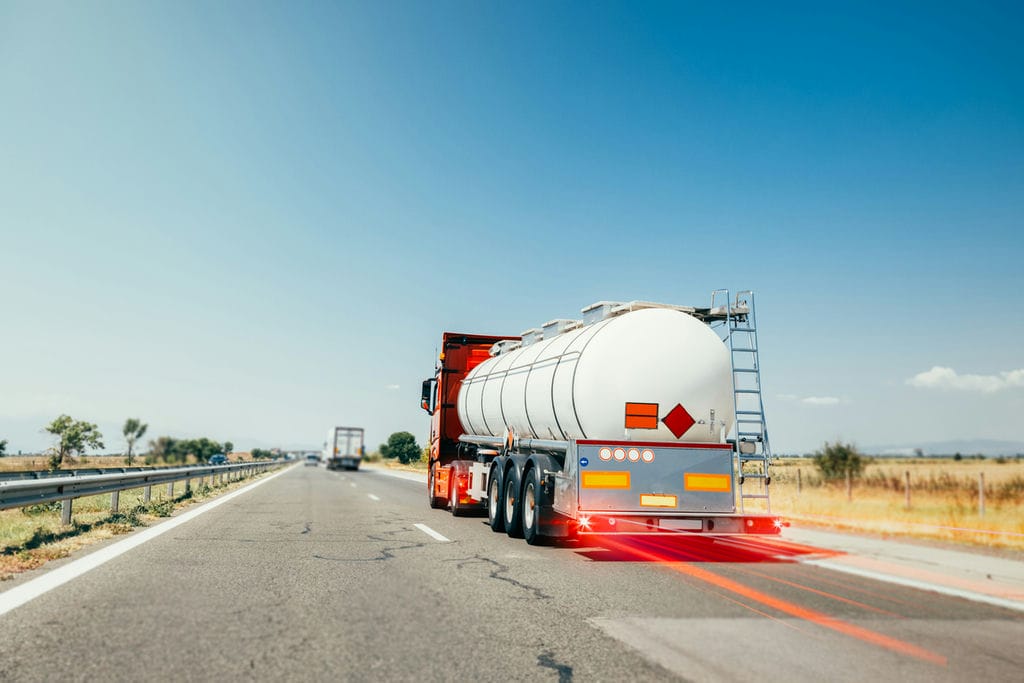
Fiberglass tanks have below and above-the-ground models and come in different shapes and sizes, prompting you to search for the ideal shipping solutions. The tanks are less cumbersome to move than steel tanks since they are light but prone to cracking. Therefore, finding the right transportation company will ensure that your tanks get to their destination intact. Although these tanks are not fragile, the shipping company must take proper precautions and reasonable care during transportation.
The trailer whiles must be covered with fenders to protect the trailer from kicking up debris to the tanks. The spray from rotating wheels contains salt or grit, which can abrade your tank’s finish. Find out whether the shipping company uses steel, aluminum, or plastic fenders and how effective their fenders are in keeping your fiberglass tanks safe. Overall, aluminum fenders are a better choice than steel and plastic due to their ability to resist more weather elements. Furthermore, these fenders are lighter than steel, thus no need to constantly maintain them.
The shipping company must adjust the tank’s support to keep it in shape. In case one support is not in place as the rest, it will carry most of the tank’s weight, pushing the point loading of the tank into a single area. That could lead to cracks in such locations. Thus, choose a company that has inspected its point loading to avoid hiccups.
Choose a company with professionals that can easily lift, load, and offload your tank. The shipping company should have adequately maintained devices to hook onto the lifting lugs while putting the tank on the trailer. Also, they should understand how to strap these tanks to avoid stress cracks. The ratchets on load straps can exert a lot of pressure on the tanks; therefore, find a company that knows more about the reconfiguration of the pads and straps and one that does not use chains during shipping.
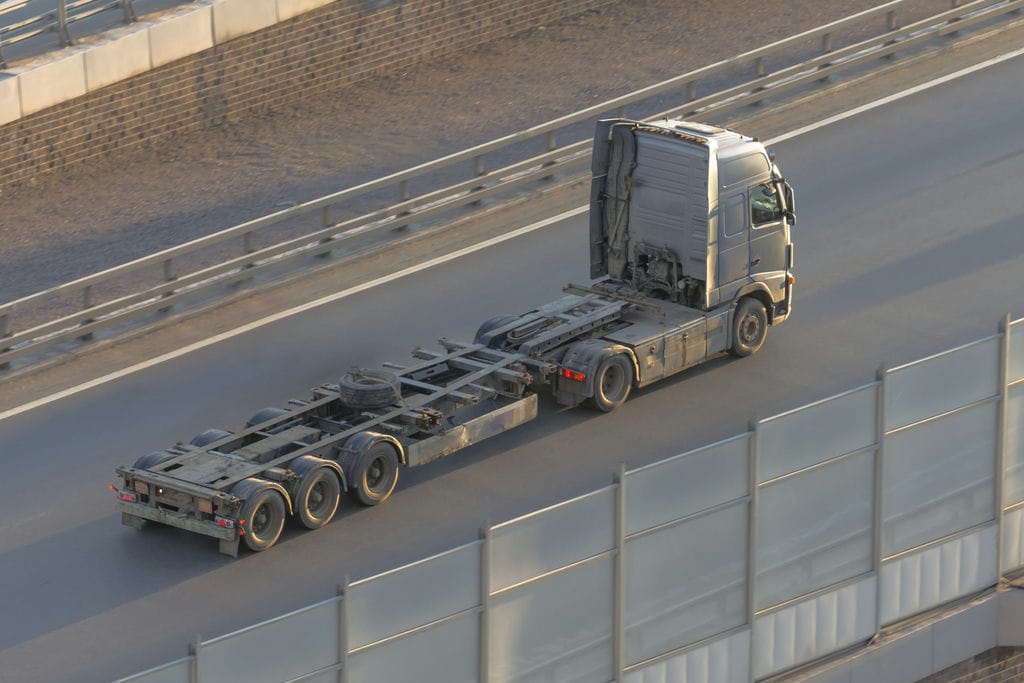
These tanks have many benefits compared to fiberglass, steel, or concrete tanks because they are easy to transport. These are the most common water tanks in most households, as you can install them on different landscapes. However, there are things to consider during transportation to keep these tanks safe and secure, as listed below:
Although these talks are light, they are bulky and require the right vehicle during shipping. It depends on the tank’s size, but it should be a truck that can accommodate vertical; water tanks that can hold over 400,000 gallons of water. The trailers or trucks should be appropriately suitable for heavy loads and must have permit applications based on the shipping destination.
The right shipping company will save you the hassles of shipping a large water tank. Most have hauled many types of tanks before and understand precautionary measures to take when transporting polyethylene tanks. The company will look at specific features to determine how to ship the tank, including:
- Its size.
- The tank’s condition- whether it is operable or inoperable.
- Are there any attachments to your tank or other internal equipment?
- Where do you want the tank transported? It includes the pick-up and delivery locations.
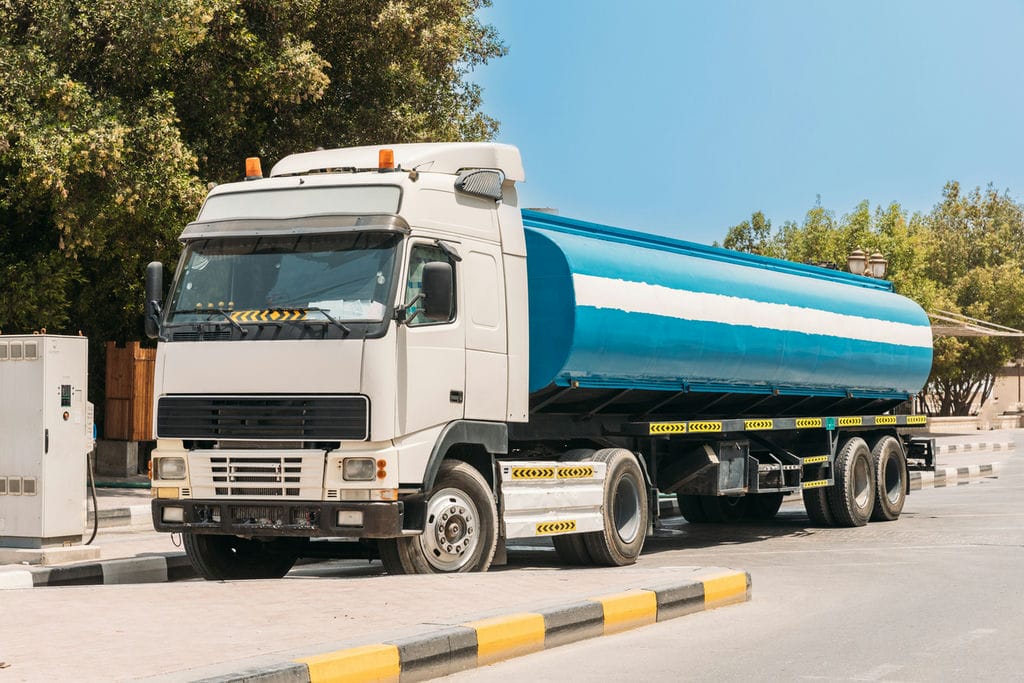
Shipping tanks across the country can be expensive and time-consuming. Therefore, you should find a team that breaks down costs based on factors like distance, the number of tanks you transport, and the tank capacity. Again, the bigger the tank size, the more headaches. For example, shipping a tank that is 12,000 lbs, 25 feet long, and with a 15 feet width and height, from western Texas to northern Virginia, total miles would be approximately 1,546miles. The cost might be about $25,000 total shipping cost. Thus shipping a giant tank with 15*15 width and height is roughly $16.17 per mile. However, these costs change based on the distance and the shipping company. Get a rough estimate from potential targets to know how much these prices will cost.
Shipping large water tanks requires an experienced team to handle the tanks with the utmost care during transportation. Find a company that operates all types of tanks, from metal to poly, fiberglass, and more. Water tanks are available in different shapes, sizes and weights, so work with Ship A Car to determine the mileage, the trailer to use for your shipping needs, and the best route to ship your cargo.
